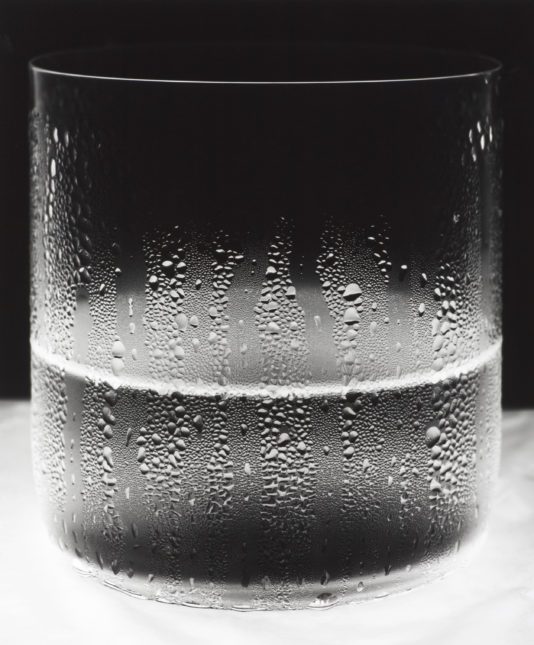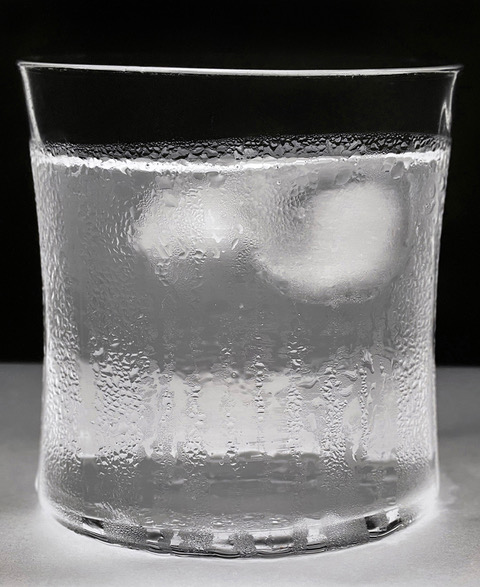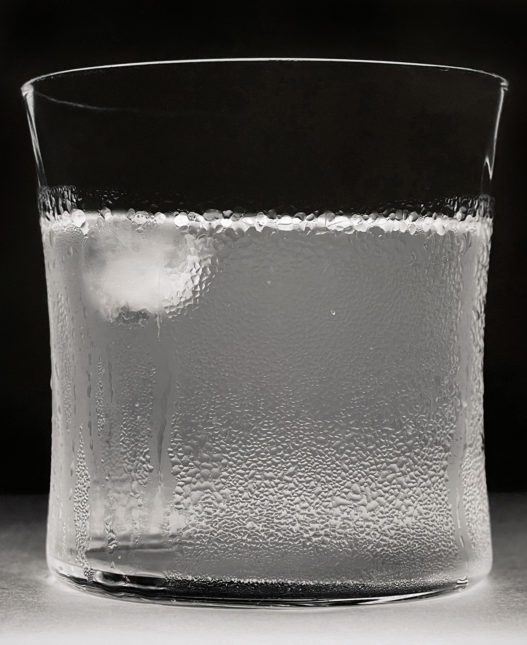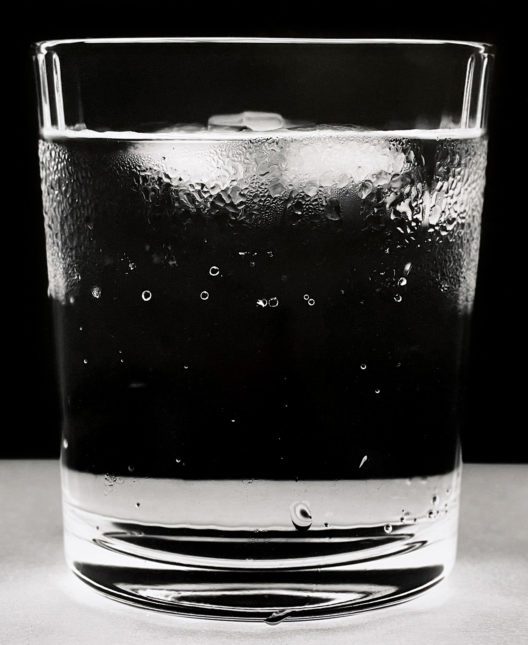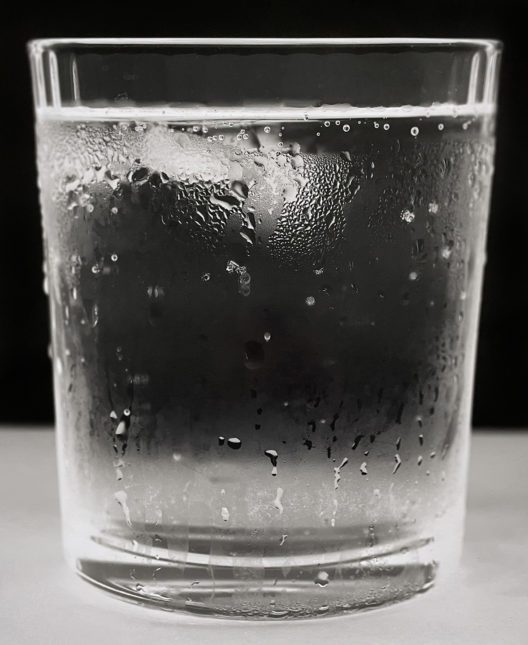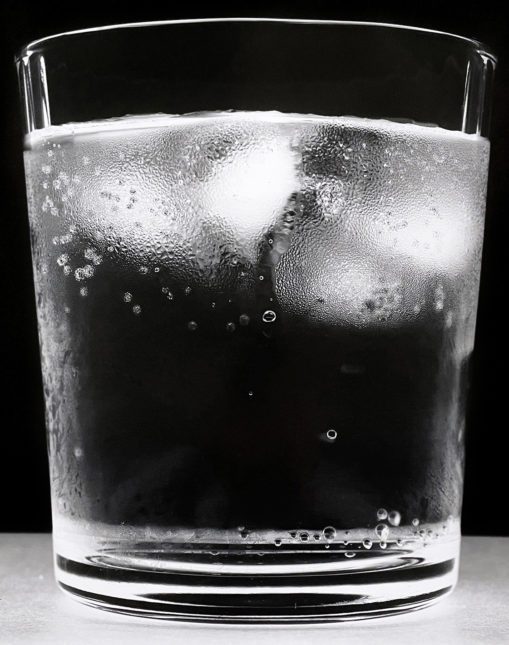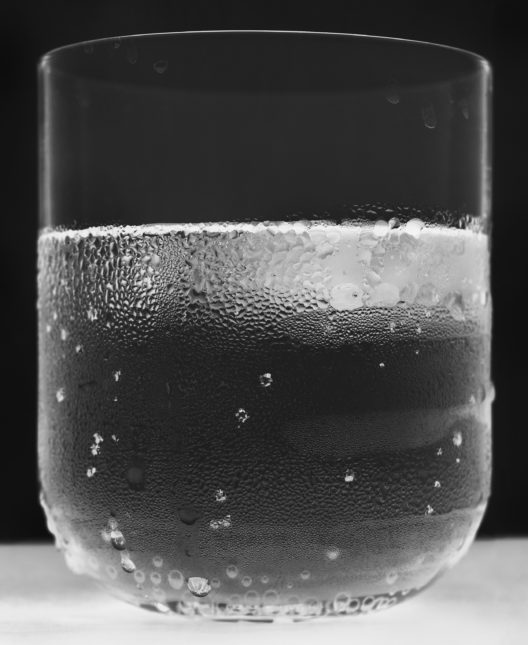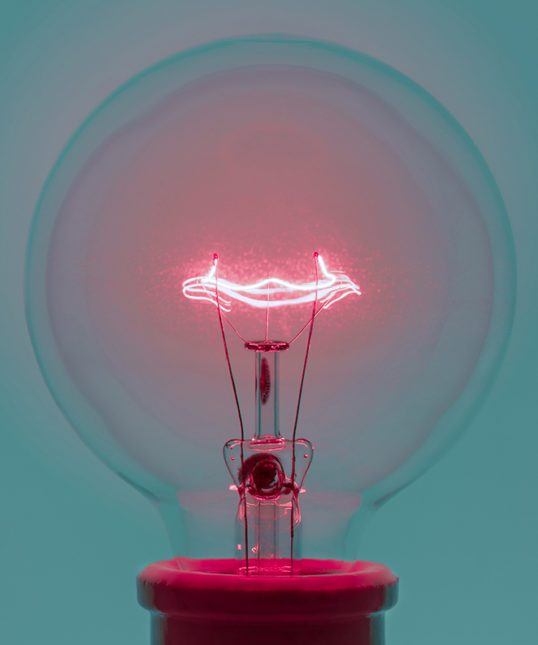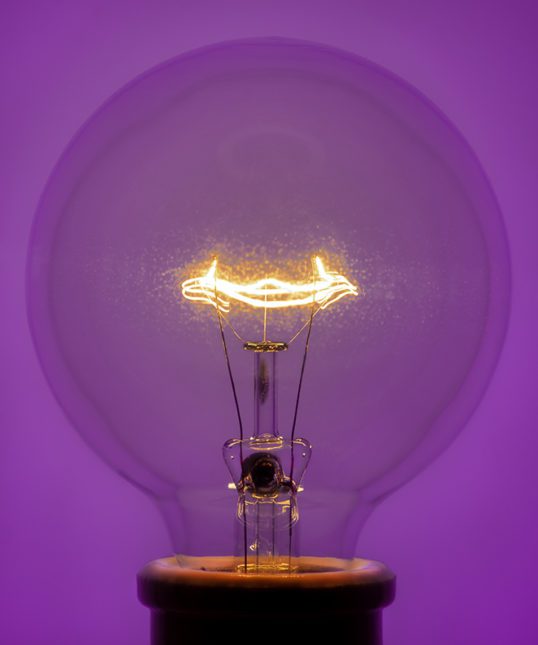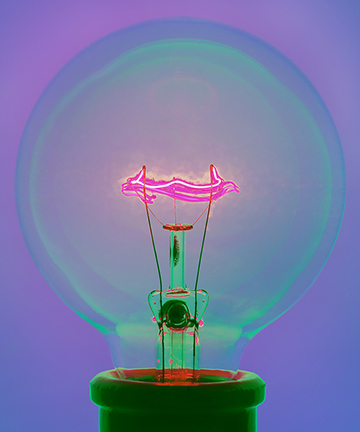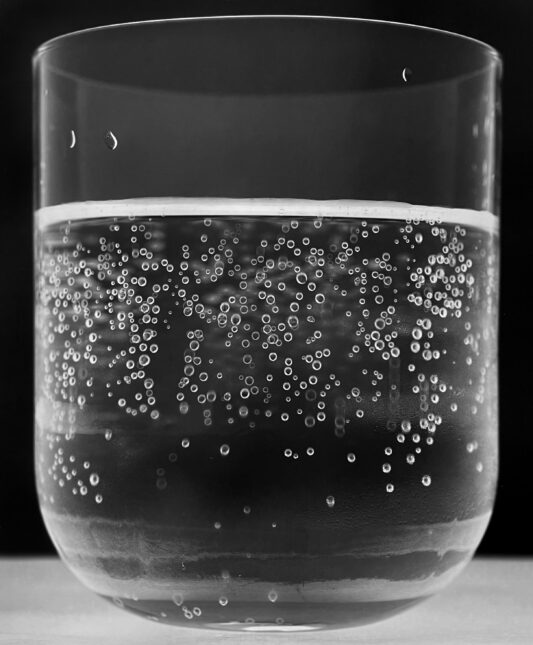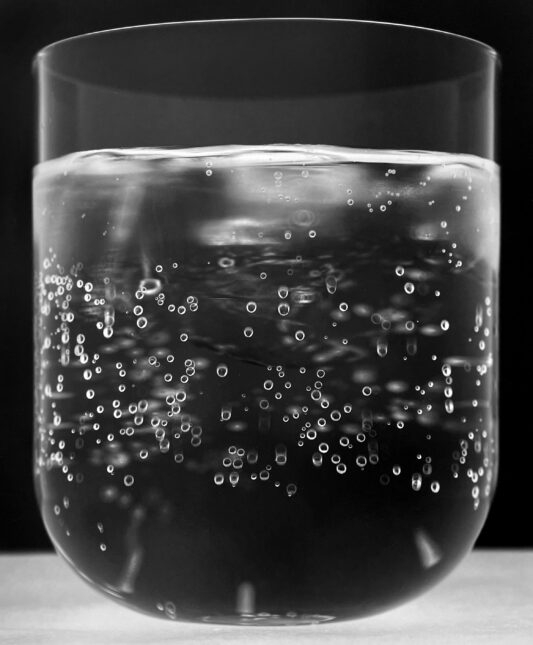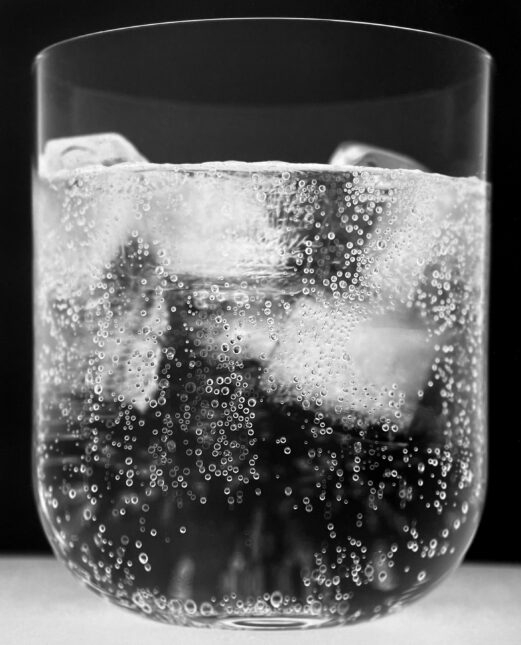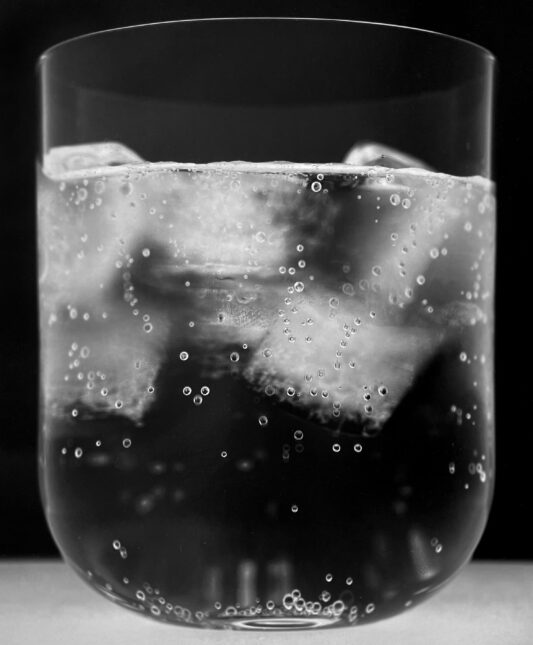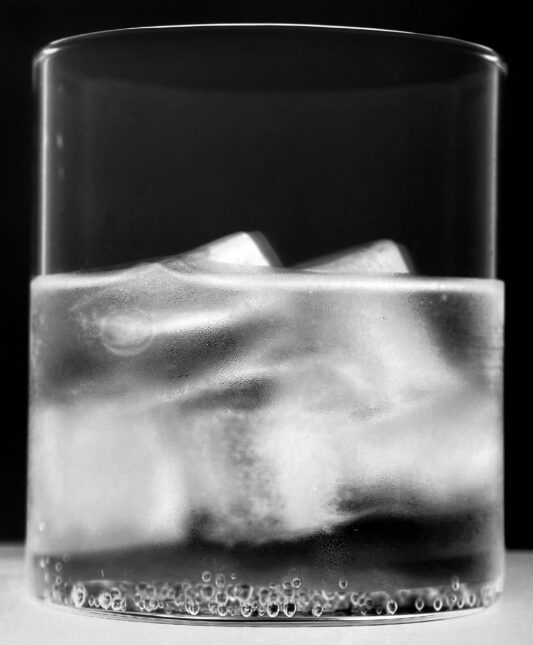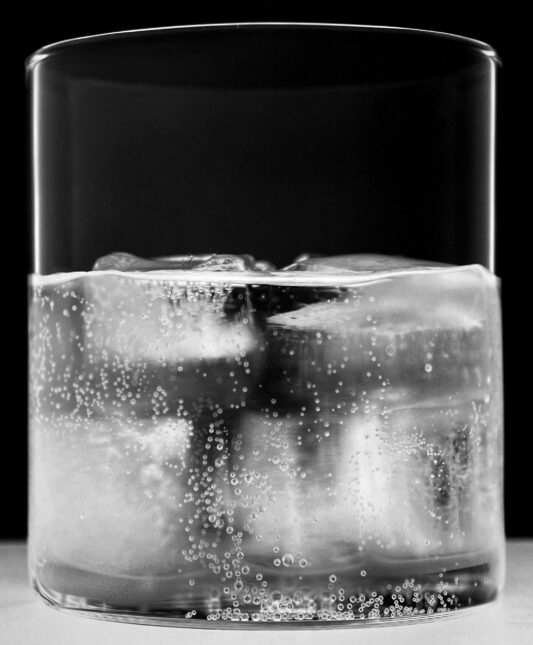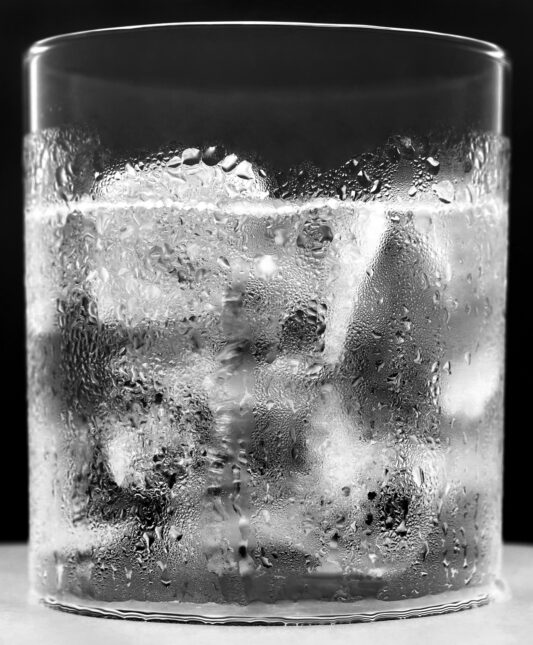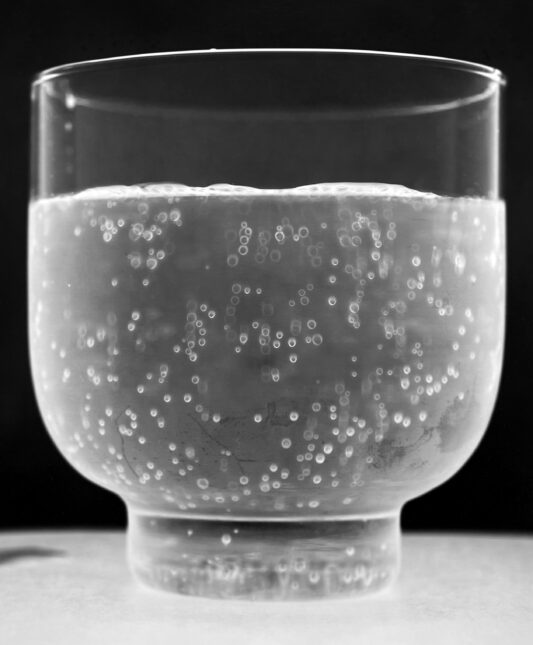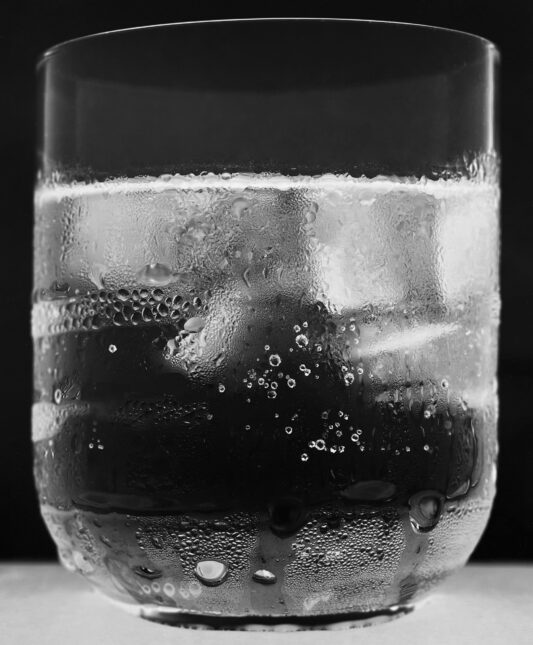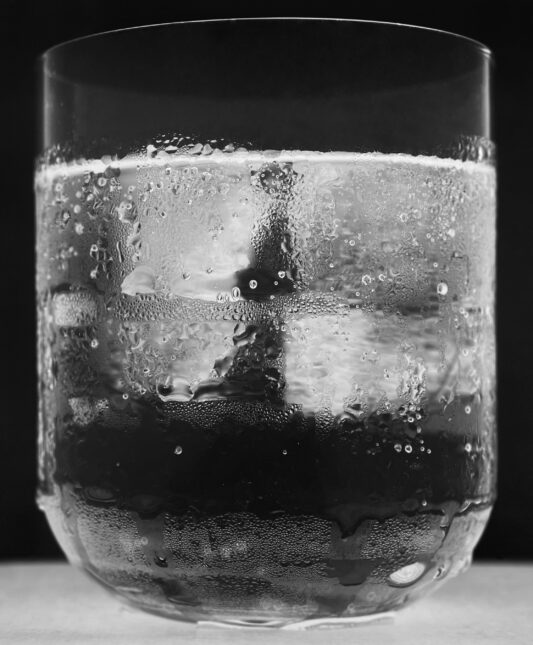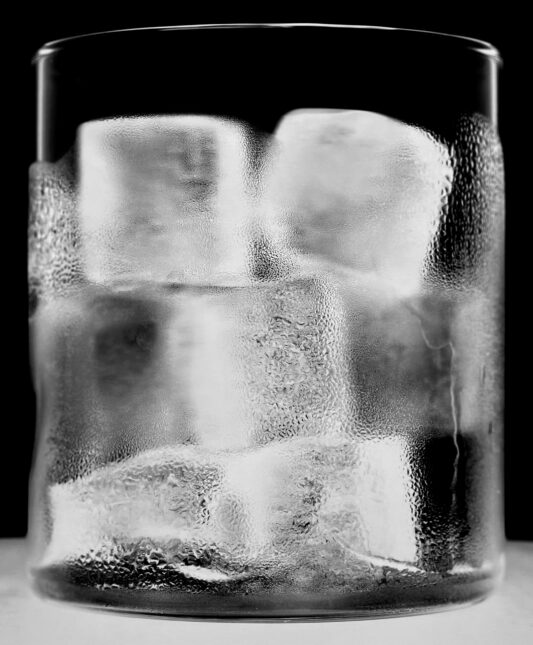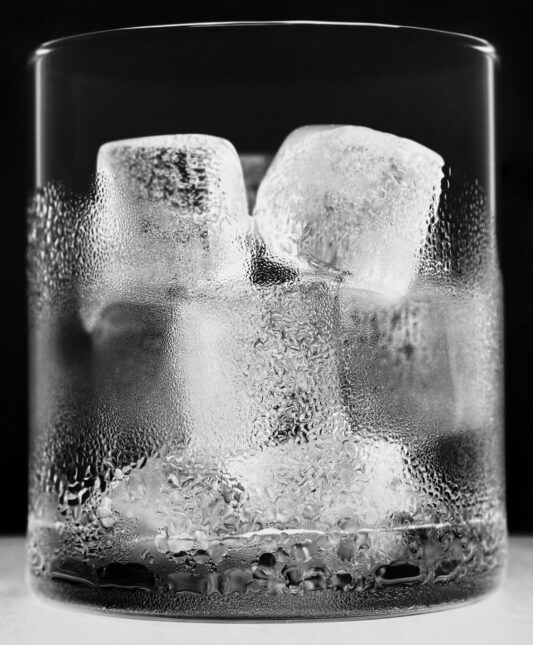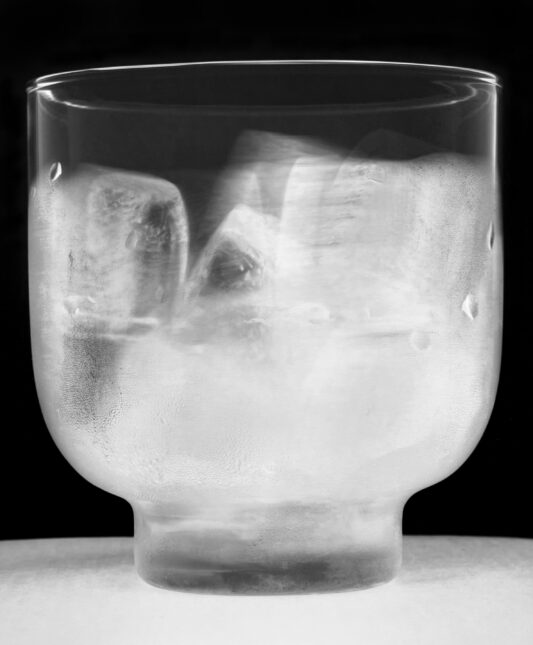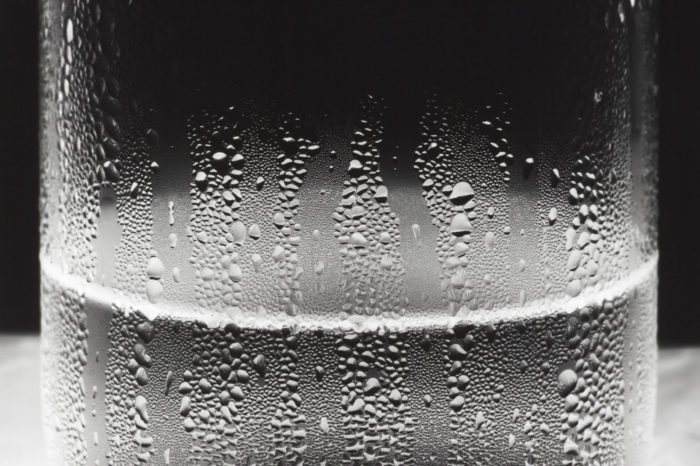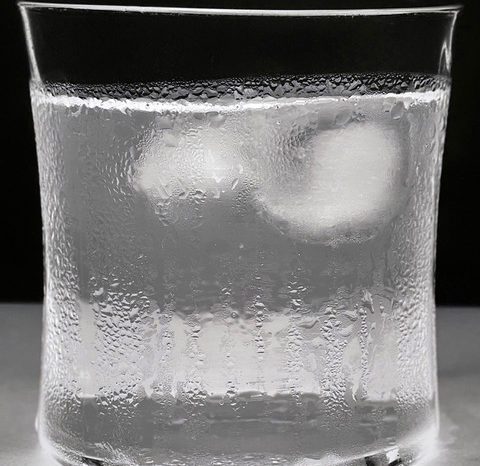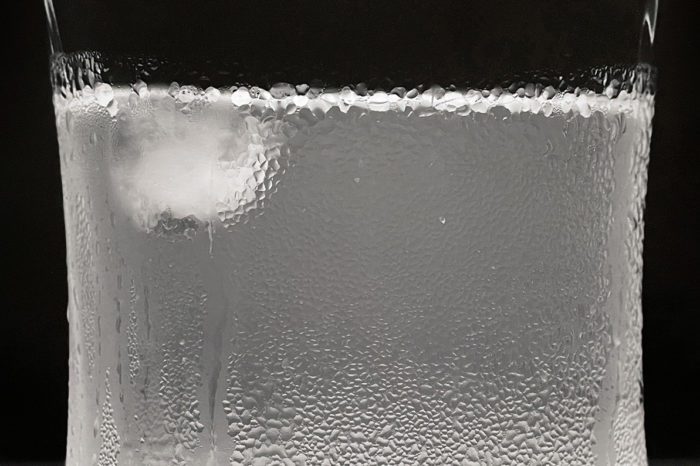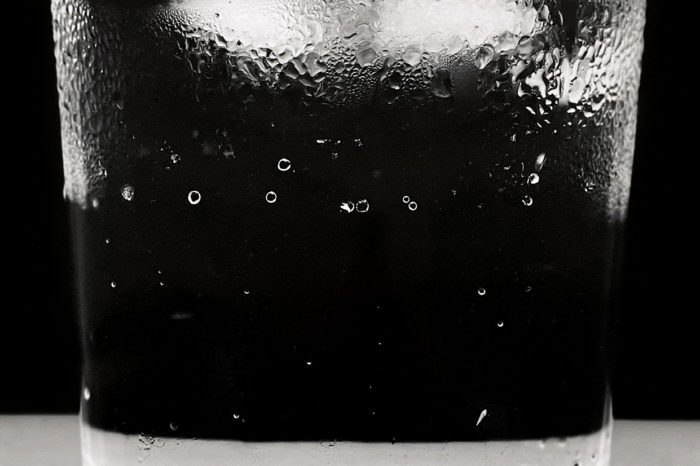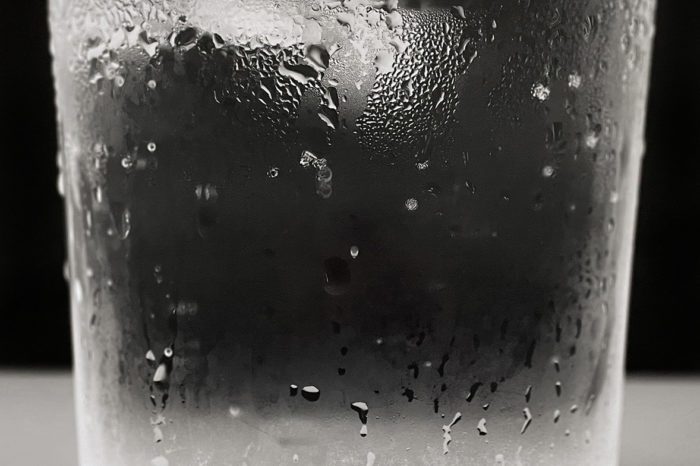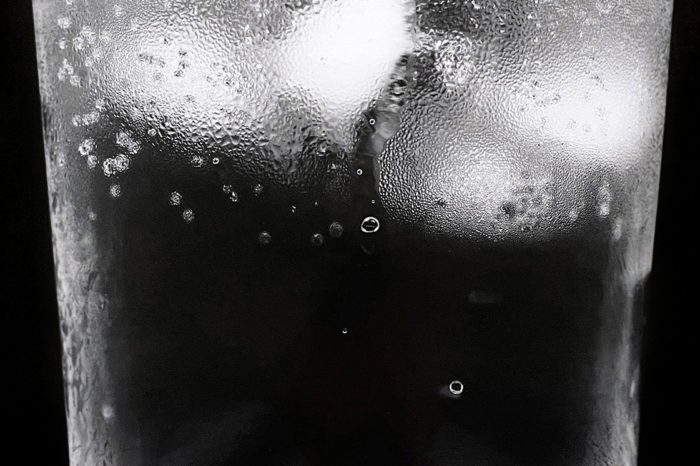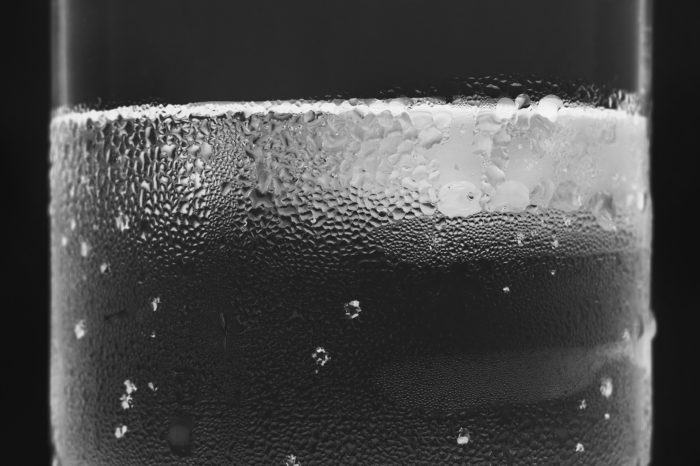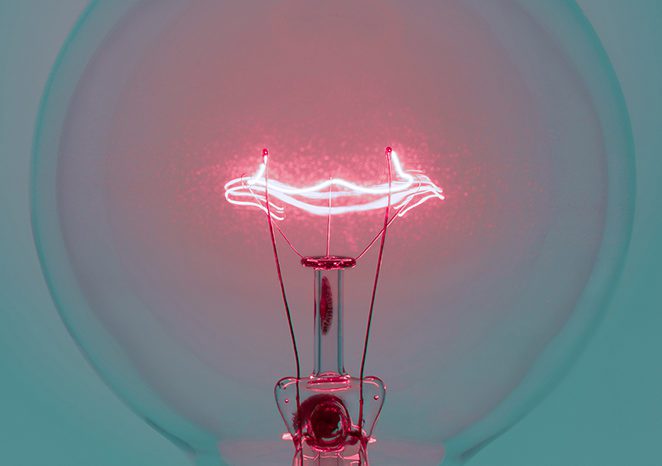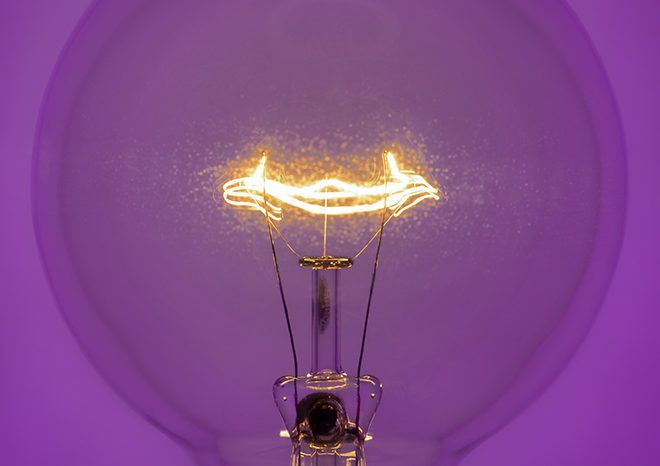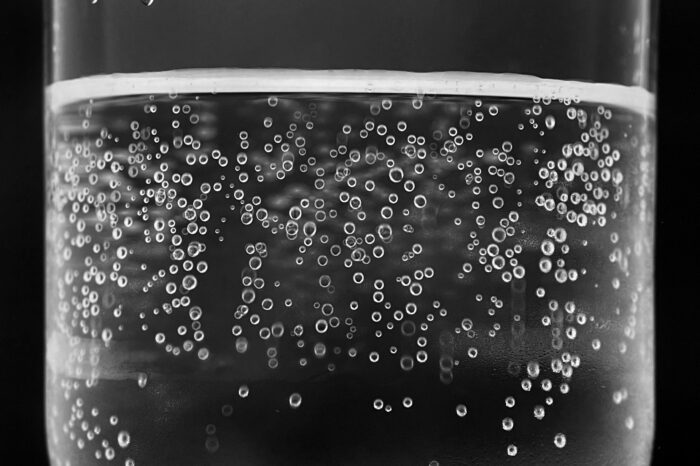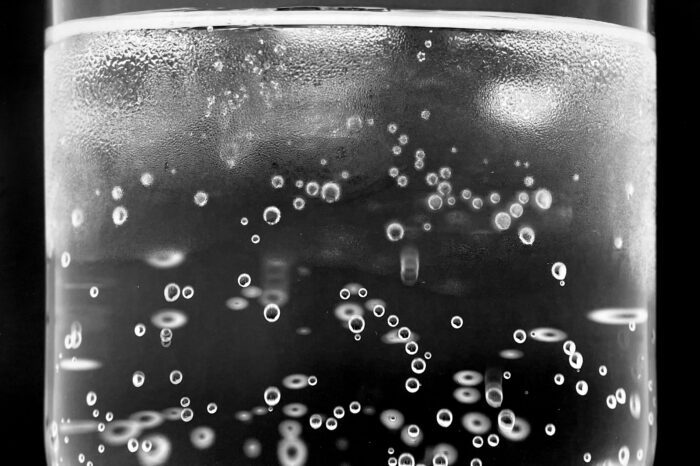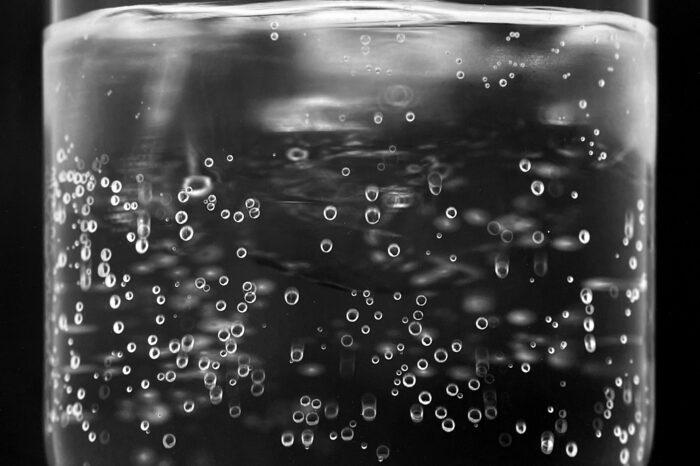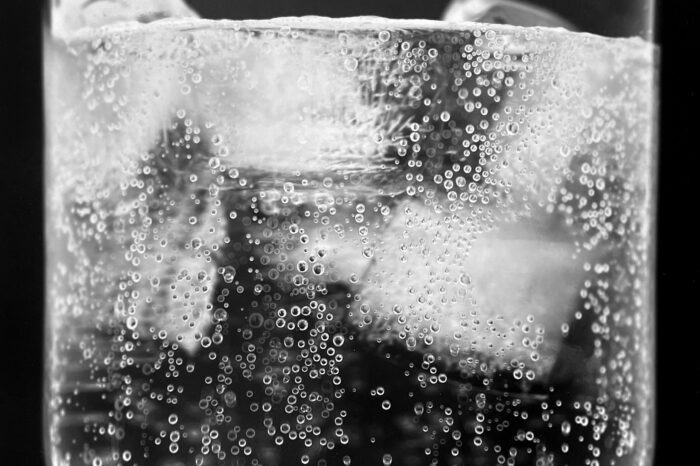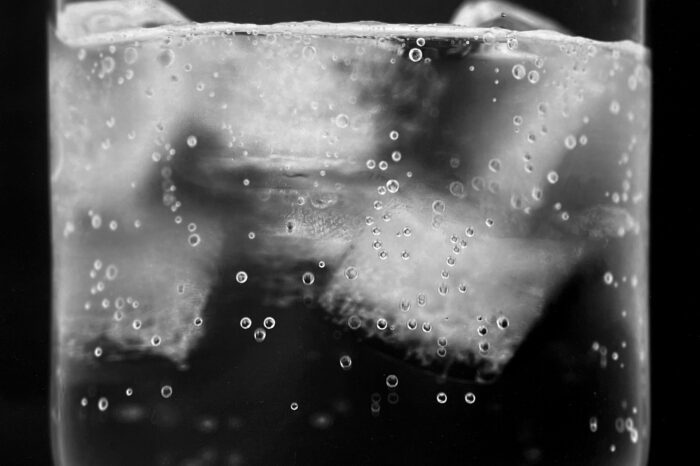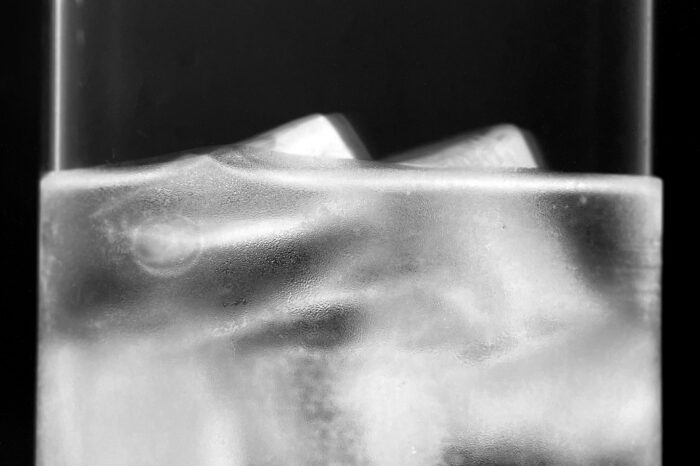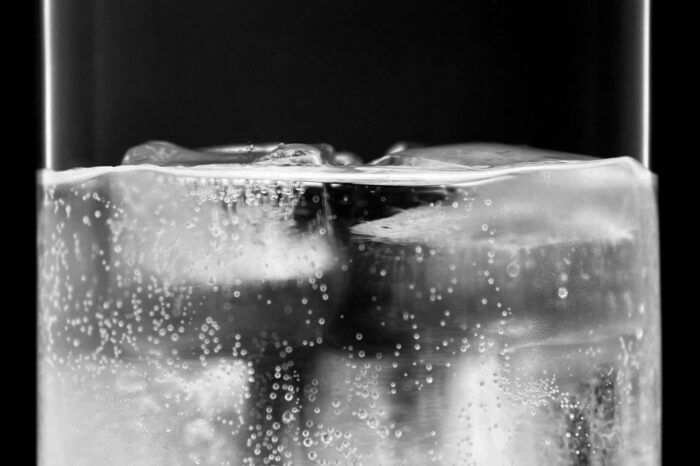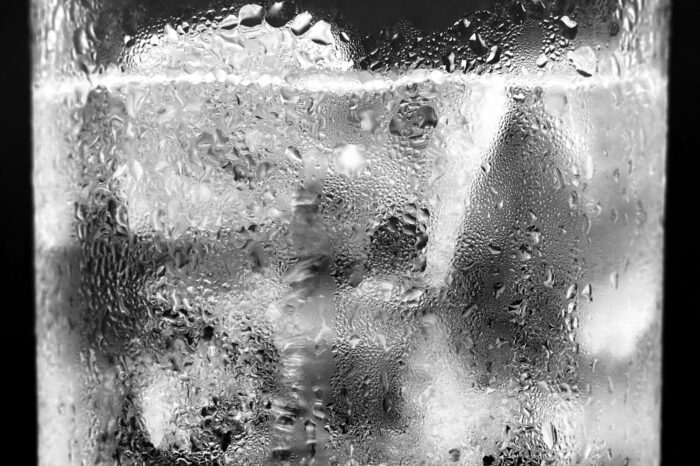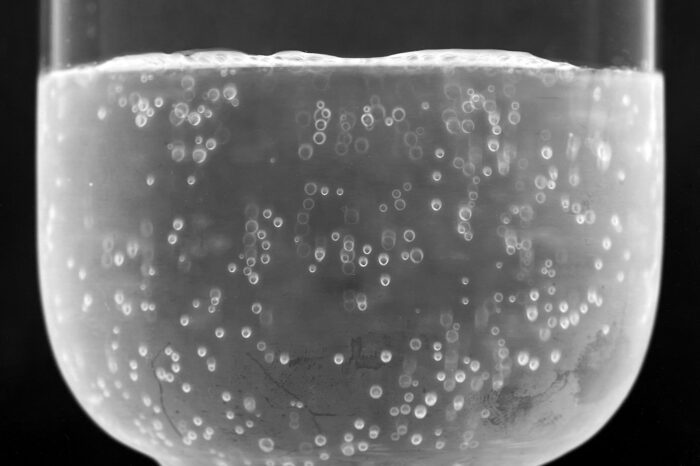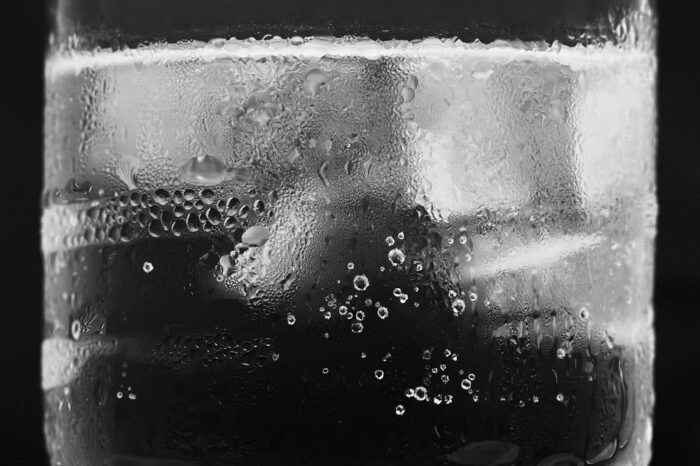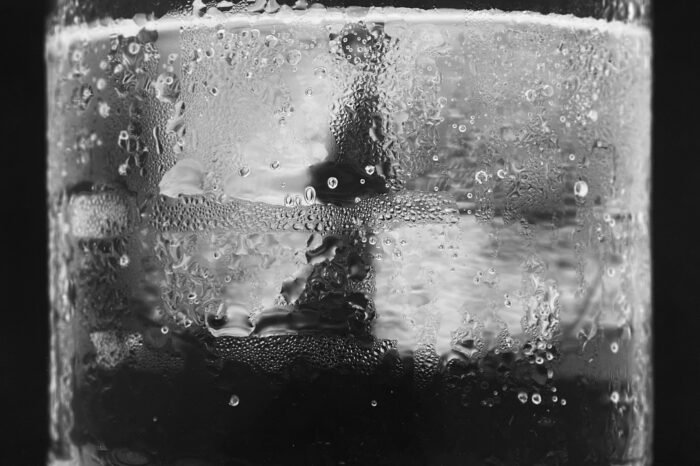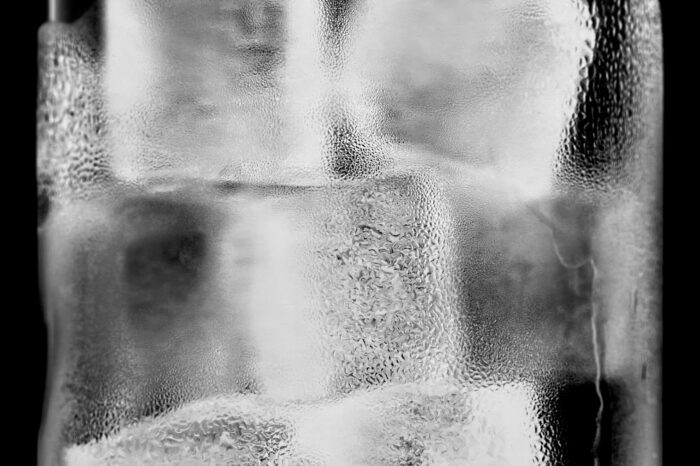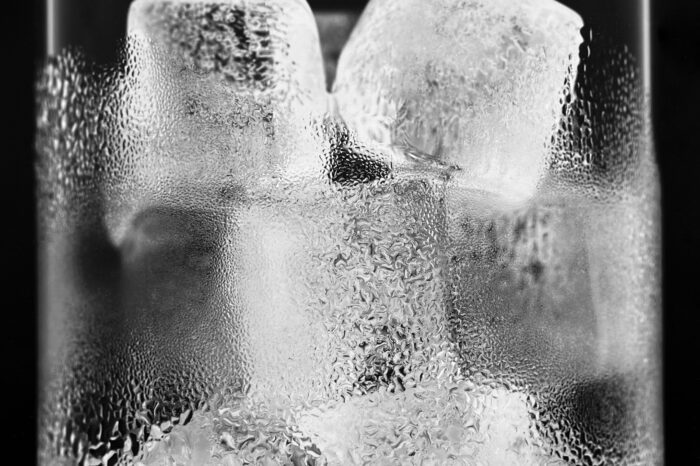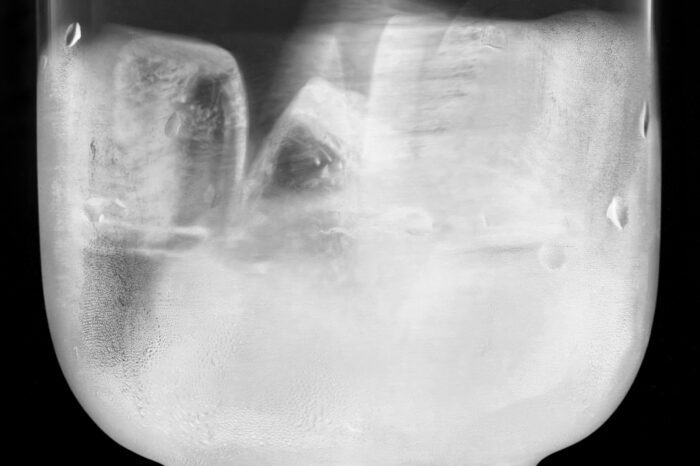Amanda Means was raised in a small upstate New York farming community. She moved to New York City over thirty-five years ago. Her artwork reflects a sense of nature in this crowded, urban environment. Initially, Means photographed tangles of underbrush in the countryside and printed the results in her lower Manhattan darkroom. The tangles represented the chaotic environment that surrounded her. Later on she photographed leaves and flowers without a camera. Now Means continues to explore the duality of natural and human built environments by photographing light bulbs and water glasses. She explores how the mysterious presence of natural forces can be found even in these small, mass-produced objects. She recently moved from Manhattan to Beacon, NY.
Born 1945, Marion, NY
Education
1979
Apeiron Workshops, Millerton, NY: Intensive study with Ralph Gibson
1978
SUNY Buffalo, Buffalo, NY: MFA in Visual Studies
1969
Cornell University, Ithaca, NY: BA
Selected Solo Exhibitions
2013
Joseph Bellows Gallery, La Jolla, CA
2011
Second Street Gallery, Charlottesville, VA
Howard Yezerski Gallery, Boston, MA
2010
Entire Third Floor Bergdorf Goodman, New York, NY
2009
Grounds for Sculpture, Trenton, NJ
Howard Yezerski Gallery, Boston, MA
Nina Freudenheim Gallery, Buffalo, NY
2008
Bergdorf Goodman, New York, NY (2008);
Ricco Maresca Gallery, New York, NY
St. Olaf College, Northfield, MN
The Harvard Museum of Natural History, Cambridge, MA
Gallery 339, Philadelphia, PA
2006
Gallery 339, Philadelphia, PA
2003
Howard Yezerski Gallery, Boston, MA
Nina Freudenheim Gallery, Buffalo, NY
2001
HastedHunt Gallery, NYC (1998, 2001);
2000
Howard Yezerski Gallery, Boston, MA
1998
HastedHunt Gallery, NYC
Gremillion Co., Houston, Texas
1983
Zilkha Gallery, Center for the Arts, Wesleyan University, Middlebury, CT
Selected Group Exhibitions
2015
View Find 4, Page Bond Gallery, Richmond, VA
Gallery 339, Philadelphia, PA
2014
Flinn Gallery,Greenwich, CT
Benton Museum, Storrs, CT
Matteawan Gallery, Beacon, NY
2013
Page Bond Gallery, Richmond, VA
2012
White Show: Subtlety in Age of Spectacle, Pittsburgh Center For the Arts, Pittsburgh, PA
Carl Solway Gallery, Cincinnati, OH
Page Bond Gallery, Richmond, VA
2011
Bergdorf Windows on 5th Avenue, New York, NY
Nina Freudenheim Gallery, Buffalo, NY
2010
Bergdorf Windows on 5th Avenue, New York, NY
Nina Freudenheim Gallery, Buffalo, NY
2009
Howard Yezerski Gallery, Boston, MA
2008
Ricco Maresca Gallery, New York, NY
2006
The Israel Museum, Jerusalem, Israel
2003
Visual Studies Workshop, Rochester, NY
2001
Pamela Auchincloss Project Space, New York, NY
Islip Art Museum, Baldwin, NY
2000
HastedHunt Gallery, New York, NY
1999
Richard Brush Art Gallery, St. Lawrence University, Canton, NY
Zelda Cheatle Gallery, London
Museum of Fine Arts, Houston, TX
Katonah Museum of Art, Katonah, NY
Dorsky Gallery, New York, NY
Pace University Gallery, Pleasantville, NY
1997
Ricco Maresca Gallery, New York, NY
International Center of Photography, New York, NY
Awards & Honors
2017
Guggenheim Fellowship in Photography
2005
Nominee Louis Comfort Tiffany Foundation Award
Bibliography
2014
The Poetic Species, a Conversation with Edward O. Wilson and Robert Hass, Bellevue Literary Press,
2012
Parabola Magazine
2010
fluence—Ricco/Maresca Gallery online magazine (August 2010)
2007
The New Yorker Magazine
2006
The New York Times (November 2006)
2005
The New York Times (October 2005)
2004
Exploring Color Photography, McGraw-Hill
pdn (2004);
2002
2wice Magazine, GLOW
Harry Abrams, Photography’s Antiquarian Avant-Garde—The New Wave in Old `Processes (2002);
Oprah Magazine, The Brain (2002)
2001
The New Yorker Magazine
1998
Harper’s Magazine
Select Collections
Whitney Museum of American Art, New York, NY
San Francisco Museum of Modern Art, San Francisco, CA
The Los Angeles County Museum of Art, Los Angeles, CA
Museum of Fine Arts, Boston, MA
MIT List Visual Arts Center, Boston, MA
Akron Art Museum, Akron, OH
Albright-Knox Art Gallery, Buffalo, NY
Avon Collection of Women Photographers, New York, NY
Robinson and Nancy Grover Collection, Hartford, CT
W.M. Hunt – Collection Dancing Bear, New York, NY
Museum of Fine Arts, Houston, TX
National Gallery of Canada, Ottawa, Canada
National Museum of Photography,
Film and Television, Bradford, England
St. Lawrence University, Canton, NY
Whitehead Collection of Art, Boston, MA
Teaching and Lecturing Experience
2008
Harvard Museum of Natural History
2002
Pratt Institute, NY, NY
2001
Parsons School of Design, New York, NY
University of Memphis, Memphis, TN
2000
International Center of Photography, NY, NY
1999
St. Lawrence University, Canton, NY
1992
Emily Carr College of Art and Design, Vancouver, BC, Canada (
University of Ottawa, Ottawa, Canada
1989
SUNY Plattsburgh
Water Glasses
The process of making photographs is full of mind twists: upside-downs, downside ups, negatives/positives, blacks/whites…The camera sees with a lens that projects an upside-down image on the ground glass of a view camera. The photographer composes by looking at this upside-down image and inverting to right side up in her mind. A negative is used to make a positive. What is black in the negative becomes white in the positive print. Berenice Abbott played with these concepts in designing her Projection-Supersite camera. This invention functioned like a reverse camera obscura. She placed the lights and the subject inside the camera and projected them outward through the lens onto film tacked to the wall of a darkened room.
I make my water glass photographs in a way very similar to the way Berenice Abbott worked. The difference is that instead of projecting onto film as she did, I project onto photographic paper. My instrument is a sizeable horizontal enlarger whose lens is pointed toward the adjacent wall, onto which is tacked a large sheet of photographic paper. With wood and a black cloth reminiscent of the shroud needed to focus a view-camera in bright light, I have constructed a large chamber, lined with white paper, between the powerful lamp and the lens. Into that chamber I place an actual water glass.
The resulting images are tonally negative – what is light in the subject is dark in the print. Since the exposure is made by light passing through the back and front of the water glass and through the water, all of the activity on both the outside and the inside of the glass is visible. In most traditional photography the image is made by light reflecting off the surface of an object. I alter this traditional equation by working with the light that passes through these objects. This gives a view of all of the rich textures, shapes and lines — scratches, chips, bubbles, and condensation — in each glass. It is endlessly fascinating to me how this very simple and direct approach produces images full of such mystery and complexity.
When the water glasses are closely cropped and considerably enlarged, the viewer’s sense of scale is thrown out of kilter. A remarkable transformation occurs. These common, everyday glasses, tossed into the dishwasher, scrubbed and scratched and chipped with use, become something very unique. Each one takes on its own personality. It might become a rich landscape of light and texture resembling the surface of a distant planet. Tiny air bubbles resemble a far away constellation in the dark night sky. Scratches appear to be charcoal markings you might see in a Cy Twombly painting. The close cropping has the effect of pushing the water glass image out of the front surface of the paper, almost as if it is protruding into the room with the viewer. This adds to the sense of immediacy.
-
VIEW FIND 7
January 26, 2018 — February 17, 2018
-
View Find: Photography
January 18, 2013 — February 23, 2013
-
William Wylie and View Find
January 22, 2016 — February 27, 2016
-
View Find 4
January 23, 2015 — February 28, 2015
-
Christopher Baer & View Find
March 07, 2014 — March 29, 2014
-
VIEWFIND 12
JANUARY 25—MARCH 15, 2024
